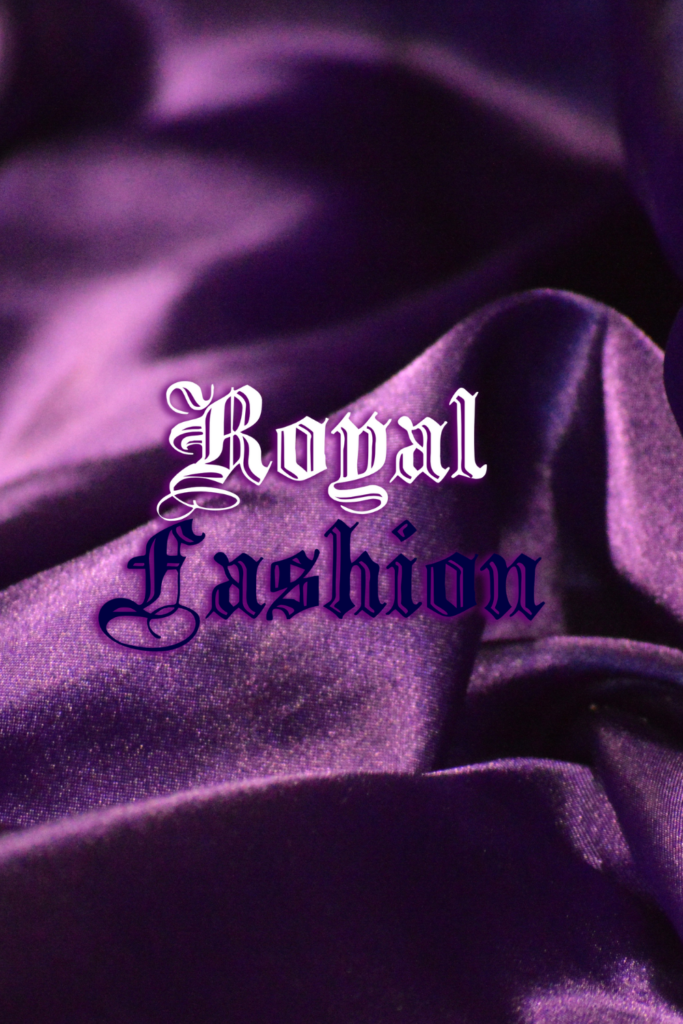Royalty and Fashion: A Timeless Affair

Fashion and royalty have been intertwined for centuries, each influencing the other in a symbiotic relationship that has shaped both history and culture. From the opulent courts of Europe to the modern-day palaces, royalty has always been at the forefront of fashion, setting trends and defining elegance. This blog post delves into the fascinating world where crowns and couture collide, exploring how royal fashion has evolved and its lasting impact on the industry.
The Early Days: Symbolism and Power
In the early days of monarchy, fashion was a powerful symbol of status and authority. Royal attire was designed to convey wealth, power, and divine right. Kings and queens adorned themselves in luxurious fabrics like silk, velvet, and brocade, often embellished with gold thread and precious jewels. These garments were not merely for aesthetic purposes but were also political statements.
For instance, during the Tudor period in England, King Henry VIII’s elaborate outfits, characterized by voluminous silhouettes and intricate detailing, projected his dominance and wealth. Similarly, Queen Elizabeth I’s iconic ruffs and embellished gowns symbolized her power and virginity, reinforcing her image as the “Virgin Queen.”
The French Court: Birthplace of Haute Couture
The French court, particularly during the reign of Louis XIV, known as the Sun King, was a major influence on fashion. Louis XIV’s court was the birthplace of haute couture, with the king himself setting trends. The lavishness of Versailles was reflected in the extravagant clothing, with elaborate wigs, lace, and embroidery becoming the norm.
Marie Antoinette, later in the 18th century, further solidified France’s role as the epicenter of fashion. Her love for fashion and desire to assert her individuality led to the creation of the “pouf” hairstyle and the adoption of the chemise à la reine, a more relaxed dress that contrasted with the rigid styles of the time. Despite her tragic end, Marie Antoinette’s fashion legacy endures, influencing designers for generations.
The Victorian Era: Modesty and Innovation
Queen Victoria’s reign marked a shift towards modesty and restraint in royal fashion. The crinolines, bustles, and corsets of the Victorian era emphasized a demure silhouette, reflecting the societal norms of the time. However, this period also saw significant innovation in fashion, including the introduction of the sewing machine, which revolutionized clothing production.
Queen Victoria herself was a trendsetter in mourning fashion. After the death of her husband, Prince Albert, she wore black for the rest of her life, popularizing mourning attire that became a widespread trend.
The 20th Century: Modernity and Influence
The 20th century brought dramatic changes to royal fashion, with members of the royal family embracing modernity while maintaining an air of tradition. Queen Elizabeth II’s coronation in 1953 was a fashion spectacle, with her Norman Hartnell-designed gown featuring intricate embroidery and over 10,000 pearls.
Princess Diana’s fashion evolution in the 1980s and 1990s had a profound impact on the fashion world. Her ability to blend high fashion with accessible style endeared her to the public and fashion designers alike. Iconic looks, such as her David Emanuel wedding gown with its record-breaking train and her revenge dress by Christina Stambolian, remain etched in fashion history.
Contemporary Royals: Icons of Style
Today, royals continue to influence fashion, with figures like Kate Middleton, Meghan Markle, and Queen Letizia of Spain becoming global style icons. Their sartorial choices are meticulously analyzed and often lead to the “Kate effect” or “Meghan effect,” where items they wear sell out almost instantly.
These modern royals balance tradition with contemporary trends, often supporting sustainable fashion and emerging designers. Their wardrobes blend high-end couture with high-street fashion, making royal style more accessible and relatable to the public.
The Lasting Legacy
The relationship between royalty and fashion is a dynamic and ever-evolving one. Royals have not only set trends but also embodied the cultural and societal shifts of their times through their clothing. From the opulent gowns of the Renaissance to the sleek, sustainable fashion of today, royal fashion continues to captivate and inspire.
In the end, the allure of royalty combined with the creativity of fashion creates a timeless appeal, reminding us that style, much like monarchy, is ever-enduring and ever-evolving.